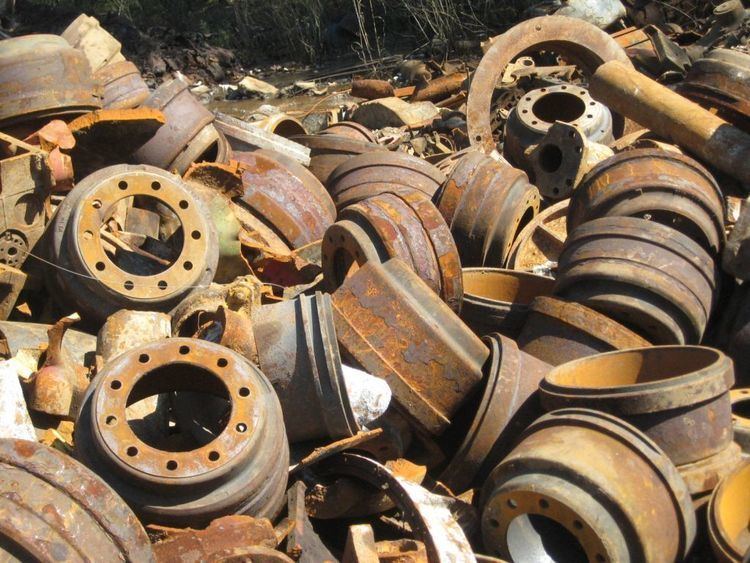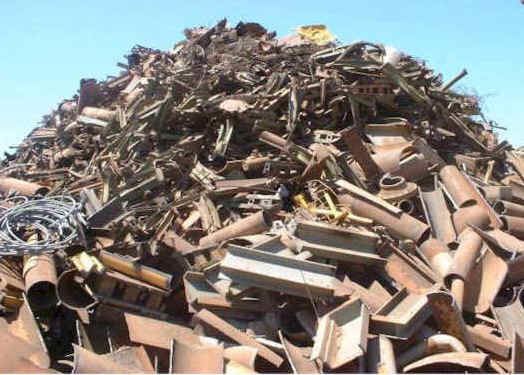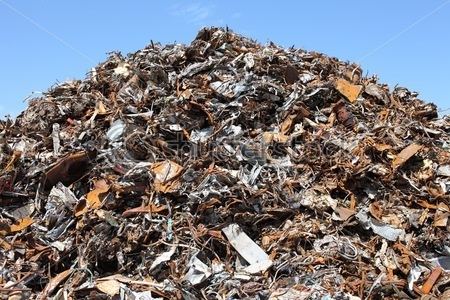Genre Dance/electronic | ||
 | ||
People also search for Pgeezy, DJ Tazz, Feddi Mayne, Deondre | ||
Scrap metal bazaar mysore india
Scrap consists of recyclable materials left over from product manufacturing and consumption, such as parts of vehicles, building supplies, and surplus materials. Unlike waste, scrap has monetary value, especially recovered metals, and non-metallic materials are also recovered for recycling.
Contents
- Scrap metal bazaar mysore india
- 190kg 418lbs snatch attempt scrap footage part 2
- Processing
- Hazards
- Benefits of recycling
- Metal recycling industry
- Railway locomotives
- United States
- References

190kg 418lbs snatch attempt scrap footage part 2
Processing

Scrap metal originates both in business and residential environments. Typically a "scrapper" will advertise their services to conveniently remove scrap metal for people who don't need it.

Scrap is often taken to a wrecking yard (also known as a scrapyard, junkyard, or breaker's yard), where it is processed for later melting into new products. A wrecking yard, depending on its location, may allow customers to browse their lot and purchase items before they are sent to the smelters, although many scrap yards that deal in large quantities of scrap usually do not, often selling entire units such as engines or machinery by weight with no regard to their functional status. Customers are typically required to supply all of their own tools and labor to extract parts, and some scrapyards may first require waiving liability for personal injury before entering. Many scrapyards also sell bulk metals (stainless steel, etc.) by weight, often at prices substantially below the retail purchasing costs of similar pieces.

In contrast to wrecking yards, scrapyards typically sell everything by weight, rather than by item. To the scrapyard, the primary value of the scrap is what the smelter will give them for it, rather than the value of whatever shape the metal may be in. An auto wrecker, on the other hand, would price exactly the same scrap based on what the item does, regardless of what it weighs. Typically, if a wrecker cannot sell something above the value of the metal in it, they would then take it to the scrapyard and sell it by weight. Equipment containing parts of various metals can often be purchased at a price below that of either of the metals, due to saving the scrapyard the labor of separating the metals before shipping them to be recycled.
Hazards

Great potential exists in the scrap metal industry for accidents in which a hazardous material present in scrap causes death, injury, or environmental damage. A classic example is radioactivity in scrap; the Goiânia accident and the Mayapuri radiological accident were incidents involving radioactive materials. Toxic materials such as asbestos or metals such as beryllium, cadmium, or mercury may pose dangers to personnel, as well as contaminating materials intended for metal smelters.
Many specialized tools used in scrapyards are hazardous, such as the alligator shear which cuts metal using hydraulic force, compactors, and heavy-duty shredder machines.
Benefits of recycling
According to research conducted by the US Environmental Protection Agency, recycling scrap metals can be quite beneficial to the environment. Using recycled scrap metal in place of virgin iron ore can yield:
Every ton of new steel made from scrap steel saves:
Energy savings from other metals include:
Metal recycling industry
The metal recycling industry encompasses a wide range of metals. The more frequently recycled metals are scrap steel, iron (ISS), lead, aluminium, copper, stainless steel and zinc. There are two main categories of metals: ferrous and non-ferrous. Metals which contain iron in them are known as ferrous where metals without iron are non-ferrous.
Non-ferrous metals also include precious and exotic metals.
OSHA guidelines should be followed when recycling any type of scrap metal to ensure safety.
Railway locomotives
A railway locomotive typically contains around 100-200 tonnes of metal. In the United Kingdom, old railway locomotives are recycled by companies such as European Metal Recycling.
United States
The scrap industry was valued at more than $90 billion in 2012, up from $54 billion in 2009 balance of trade, exporting $28 billion in scrap commodities to 160 countries. Since 2010, the industry has added more than 15,000 jobs, and supports 463,000 workers, both directly and indirectly. In addition, it generates more than $10 billion in revenue for federal, state, and local governments. Scrap recycling also helps reduce greenhouse gas emissions and conserves energy and natural resources. For example, scrap recycling diverts 135 million short tons (121,000,000 long tons; 122,000,000 t) of materials away from landfills. Recycled scrap is a raw material feedstock for nearly 60% of steel made in the US, for almost 50% of the copper and copper alloys produced in the US, for more than 75% of the US paper industry’s needs, and for 50% of US aluminum. Recycled scrap helps keep air and water cleaner by removing potentially hazardous materials and keeping them out of landfills.
